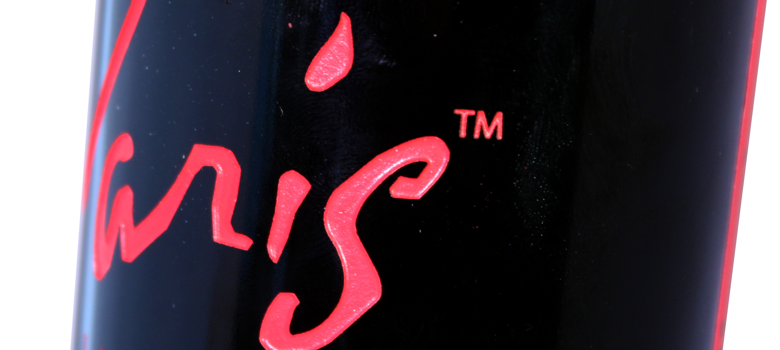Features
Color-Fill Considerations: 5 Pointers for Painters
Attention sandcarvers: these tips may be valuable for improving your services

- Do not offer every color under the sun. This creates more work and issues and is ultimately not good for production.
- Charge more depending on how many colors used. Quick tip: $75 per hour is the average for paint-fill artists. If you paint 12 pieces per hour, it would add up to about $6.25 to each piece. Another option is to price by square inch (of paint area), which is more common for smaller shops: $0.20 more for one color, $0.50 for two colors, $1 for three or more colors added. Reverse etches use more paint and have a higher perceived value, so this would obviously cost more.
- Use an air brush for the main color like silver or gold. Get another air brush for each color offered, so you do not need to change out colors and clean as often. This provides a nice even coat and is easy to apply. Airbrushing can be applied on vertical pieces, has a professional look, and uses less paint than other alternatives.
- Use your process to an advantage. Sublimation and screen printing are other common options for coloring glass. Paint-filling etched glass has a perceived higher value due to the 3-D effect (with back blast on clear glass). You also have the ability to light up paint-filled etches with luminary LED light, take advantage of recessed paint-fill, and have much more color options.
- Find out what look your customers want. Most production shops I visit use water-based paints, rub-n-buff, acrylic markers, and other easy methods because their customers are not picky. Do you want to go with the flow or find a new niche for your market? For example, if a customer wants to pay the same but add color-filling to the mix, I would use water-based paints and paint markers: this being the cheaper option for paint-filling.